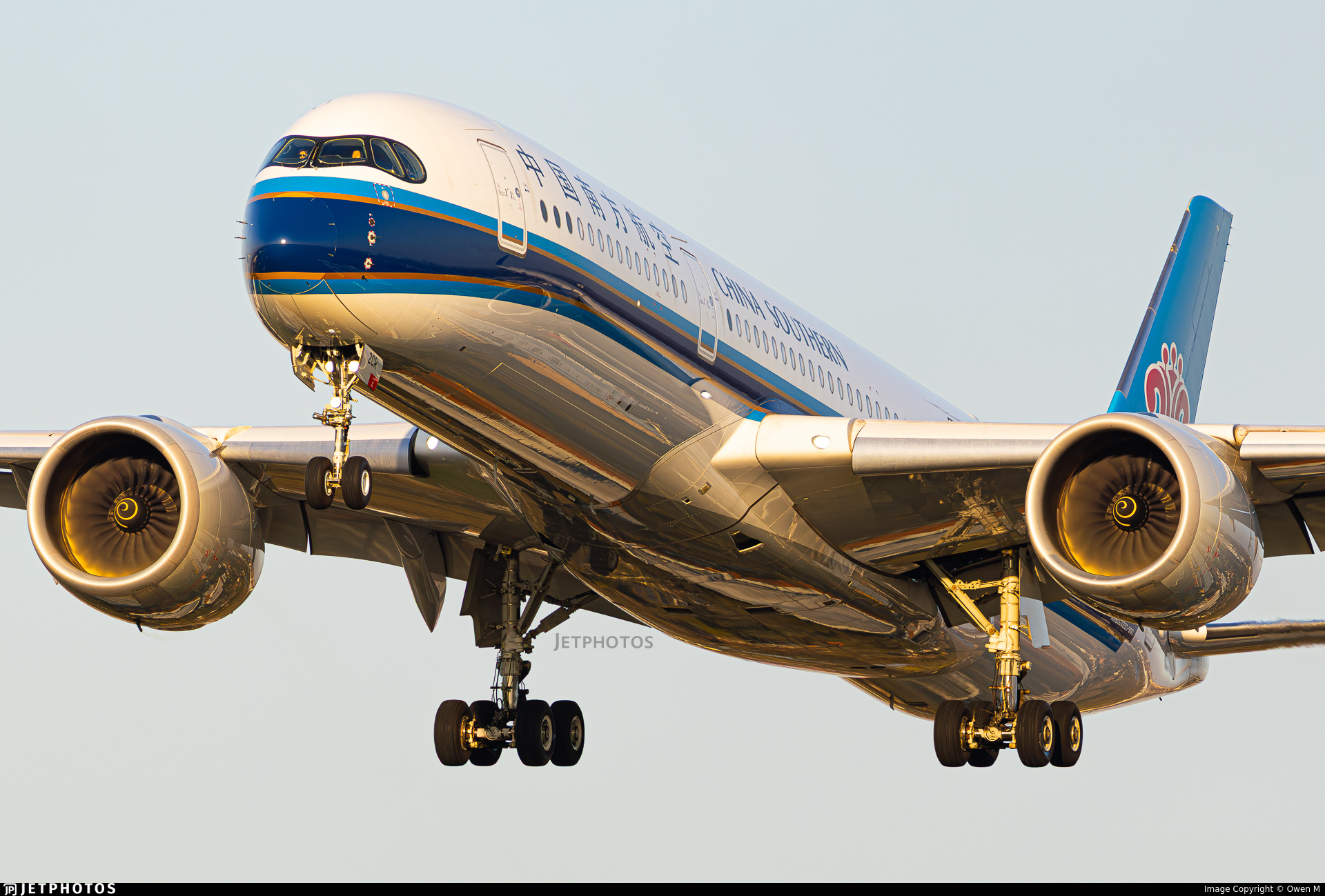
Anyone who has stood near an airport fence watching aircraft take off and land will likely have noticed the difference in noise levels between certain types of aircraft. Today’s commercial airliners are significantly quieter than their predecessors, thanks to decades of technological advancements in engine design, aerodynamics, and noise mitigation strategies. But what exactly makes the latest generation of jet aircraft so much quieter? Let’s take a look.
Engine design and the shift to High-Bypass Turbofan engines
One of the biggest reasons for reduced noise in modern jets is the widespread use of high-bypass turbofan engines. Early jet airliners like the Boeing 707 and Douglas DC-8 were powered by low-bypass or pure turbojet engines, which generated significant noise due to their high-velocity exhaust gases.
In contrast, today’s commercial aircraft, such as the Boeing 787 and Airbus A350, use high-bypass turbofan engines like the Rolls-Royce Trent XWB and General Electric GEnx. These engines feature a much larger fan at the front, which pushes a greater volume of air around the engine core rather than through it. This ‘bypass’ airflow reduces the velocity of the exhaust gases, significantly lowering noise levels.
Low bypass engines tend to produce a tearing or cackling sound, which resonates through the air when the engines are at full power. This was especially notable with early jet age aircraft such as the first Boeing 747s, Boeing 707 and Vickers VC10. As noise abatement rules came into effect at many airports, attempts to reduce the noise made by low bypass engines were made, such as ‘Hushkits’. These attempts generally met with limited success.
Whilst the difference is notable between early jets and the latest generation of jetliners, a notable difference can even be heard when observing more modern passenger jets such as the Airbus A330ceo and Boeing 777. For comparison, an Airbus A330-300 built in the early 2000s typically puts out around 107 decibels of noise at takeoff thrust when observed from 600 meters away. The updated Airbus A330neo produces just 90. According to Airbus, the A330neo approximately halves the overall noise footprint area compared to the A330ceo.
Advances in engine materials and noise dampening features
Modern jet engines also incorporate advanced materials and design improvements that contribute to quieter operations. One key innovation is the use of chevrons. These are serrated edges on the trailing edge of the engine nacelles and are seen on aircraft like the Boeing 787 and 737 MAX. These chevrons help mix the high-speed exhaust with the surrounding air more smoothly, reducing the shear noise that occurs when two different airflows interact.
Additionally, improvements in fan blade aerodynamics and composite materials have led to quieter fan operation. Newer engines have fewer, more aerodynamically efficient fan blades that move more air with less turbulence, further cutting noise levels.
Aerodynamic improvements
The overall design of modern aircraft has also played a role in reducing noise. Older aircraft designs often had less efficient aerodynamics, causing more drag and requiring engines to work harder (and louder). Today’s jets feature smoother fuselages, raked wingtips, and quieter flaps and slats to optimize airflow and reduce noise during takeoff and landing.
Landing gear noise, another major contributor to overall aircraft noise, has been addressed with fairings and improved strut designs that minimize the turbulence caused by extended wheels.
Beyond technological improvements, modern aircraft are also quieter because of strict noise regulations. Organizations like the International Civil Aviation Organization (ICAO) and the Federal Aviation Administration (FAA) set stringent noise limits for new aircraft designs. These regulations have pushed manufacturers to develop quieter planes that meet or exceed noise reduction targets.
Other techniques
Noise abatement procedures on takeoff
Airlines also use noise abatement procedures, such as reduced-thrust takeoffs and steeper climb angles, to limit noise impact in communities surrounding airports. These operational changes, combined with quieter aircraft, have helped make air travel significantly less disruptive than it was in the past.
Here’s an example of a noise abatement procedure at London Heathrow Airport (LHR).
Here is that procedure in action as seen on Flightradar24. If you compare with the chart above, you can see the Gulf Air (GF/GFA) aircraft is following the Southeasterly noise abatement procedure for runway 09R, whilst the British Airways (BA/BAW) aircraft is following the Northeasterly procedure.
Noise reduction on approach and landing
Another technique that reduces noise around airports is the Continuous Descent Final Approach, or ‘CDFA’. This involves a steady descent from cruising altitude to the landing airport, as opposed to the more traditional method of a stepped descent, where the aircraft descends and maintains a series of given levels. The CDFA is heavily favored by airlines because it requires minimal changes in engine thrust, saving fuel and, by extension, making less noise.
Do you agree that aircraft are getting quieter? Let us know in the comments.
Cover photo: Owen M, JetPhotos
The post Why are modern passenger jets so much quieter? appeared first on Flightradar24 Blog.











